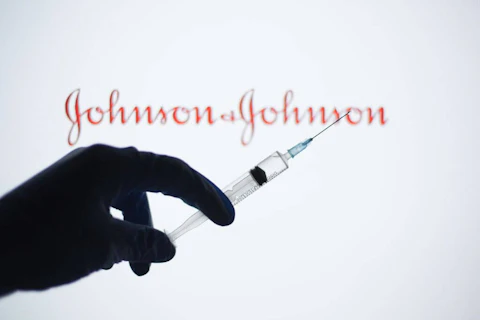The discrepancy was driven by a funding formula from Education Secretary Betsy DeVos
A new report finds that federal grants designed to help students struggling through the coronavirus pandemic weren’t received by people who needed it most.
The investigation from COURIER’s sister publication, Cardinal & Pine, found that for-profit beauty schools received double or even triple what public institutions of higher education received in North Carolina.
Schools across the country received funding through the CARES Act this spring. The money was designated to help struggling students by requiring colleges and universities to give half of their allotments to students. They could then cover some of the costs of room and board after schools closed their dorms or help with other expenses.
But a review of the federal grants shows that because of the funding formula created by Secretary of Education Betsy DeVos, much of that funding did not go towards the neediest students. Instead, for-profit cosmetology schools were some of the biggest recipients. In North Carolina, for-profit cosmetology schools received as much as triple what community colleges got. And overall the Department of Education was more generous to private and for-profit institutions.
Cardinal & Pine reached out to the Department of Education to understand why there were such deep disparities between different schools. A spokesperson for the department only explained that the allocations were based, at least in part, on how many Pell Grant-eligible students attend an institution. Pell Grants are used by low-income students in undergraduate programs and trade schools.
In short, a school with a higher ratio of lower-income, full-time undergraduate students would receive a larger grant. The formula used by the federal government also favored full-time students that were taking classes in-person rather than online.
In North Carolina, the state’s public colleges and universities, excluding historically Black colleges and universities (HBCUs), only received about $640 per student. Community colleges in the state did even worse, they only received $358 per student on average. Meanwhile, the state’s eight for-profit cosmetology schools, with a combined 2,600 students, took in a whopping $3.1 million in federal funding. That comes out to about $1,200 per student.
Cosmetology schools were able to receive so much funding because they depend on full-time, in-person instruction and usually qualify for Pell Grants to operate. Those three factors all happen to be key determinants for COVID-19 relief funding following the DeVos approach.
Community colleges enroll a high number of online and part-time students, to make education more accessible to all. But that put them at a disadvantage under the federal formula for relief funding. Public universities also missed out because although they often rely on in-person classes, their large number of graduate students are not eligible for Pell Grants, which pushes the schools further down the list.
According to Cardinal & Pine the formula the Department of Education used was intended to channel aid toward Pell Grant recipients. However the department acknowledged that parts of the formula were flawed and promised to hold back $50 million to help schools that were shortchanged.




